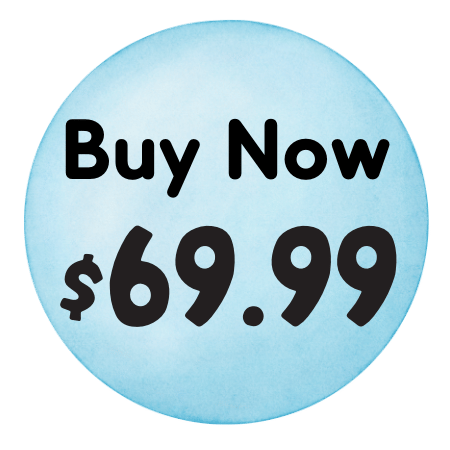Get The Best Help for Dyslexia With The Bravo! Basic
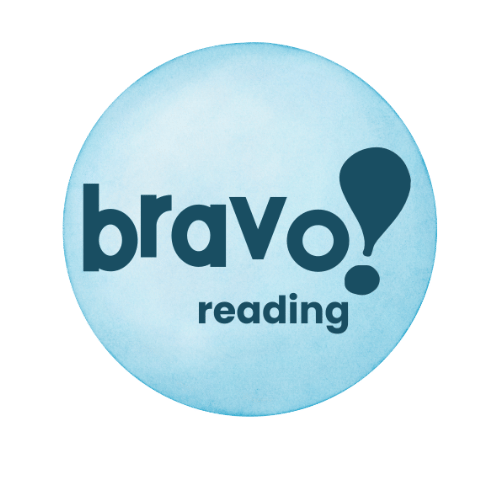
When reading hurts your child, you hurt, too. Every word your child stumbles over goes straight to your heart…with questions that burn. Such as, where can I get the right help for dyslexia?
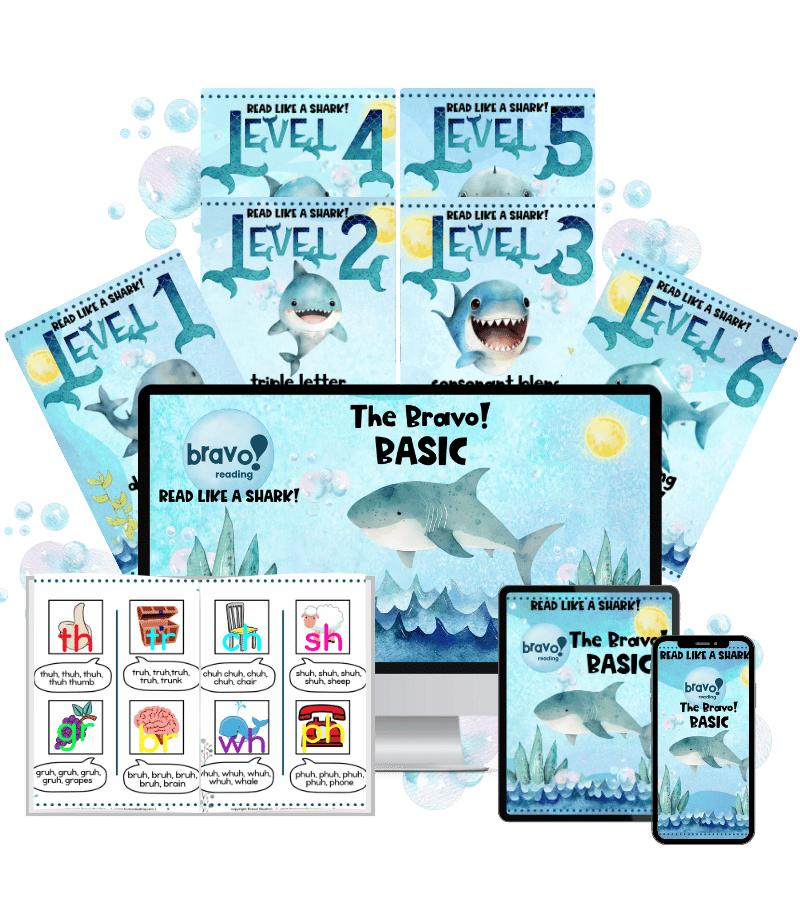
If your child struggles with dyslexia or reading challenges, then the Bravo! Basic is a great starting place. It’s a fantastic, affordable way to build a reading foundation with fun, easy to do movements. Even better, you’re giving your child help for dyslexia in the best way possible.
The way that sticks!
Kids with dyslexia don’t learn like other children, so they need a different way to make reading work. A way that works for them – not other kids.
Typical reading programs teach reading through phonics, workbooks, and flashcards. This works for most kids, but children with dyslexia die on a vine with these methods.
It’s because they need to move to learn. And they need a multisensory route to learning.

Multisensory and Movement-Based Is Where It’s At For Kids With Dyslexia!
A dyslexia reading program that is multisensory and movement-based helps kids learn to read in a fun and effective way. Dyslexia can make reading hard, but Bravo! Reading uses different senses to make learning easier. Instead of just reading words on a page, kids use their eyes, ears, and hands to understand and remember what they are learning.
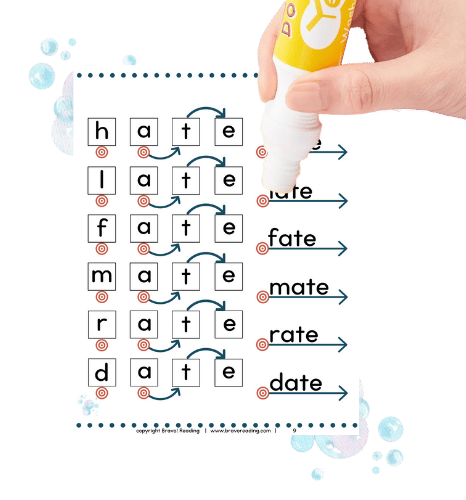
In The Bravo! Basic, part of the more complete Bravo! Reading Program, kids use dot dabbers to engage large motor movements that make learning last! They pound letters, words, and symbols while saying sounds out loud. This helps them connect letters and sounds in their minds. By using all their senses, kids with dyslexia can understand and remember better.
Learning to decode or sound out words like this makes all the difference for kids who struggle to read. Traditional reading programs and methods fail to meet the needs of kids with dyslexia because they use old methods that have been proven not to work.
But hand a child with dyslexia a dot dabber, and magic happens!
Movement is an important part of the Bravo! Basic. Not only does this help kids with dyslexia retain information, this way of reading doesn’t feel like a chore, but a fun activity!
A multisensory and movement-based reading program like The Bravo! Basic is a great way for kids with dyslexia to learn how to read. It uses different senses and activities to make learning easier and more fun, helping kids become better readers and feel proud of their progress.

The Levels of The Bravo! Basic Give You Help For Dyslexia!

The Double-Letter Jab – Help For Dyslexia Through Movement!

Kids with dyslexia have a lot of fun using Level 1 of The Bravo! Basic! This level helps your child learn how to blend two letters together to make a word.
Learning to blend two letters is really important. Once your child can blend two letters, it’s much easier to read three-letter words!
Most reading programs jump right from letter sounds to reading three-letter words, which can be hard for kids with dyslexia. Blending two letters together is a tricky skill for kids with dyslexia, so it’s important for them to spend more time practicing with two-letter words.
The Double Letter Jab is a great way to help children with dyslexia or other reading problems learn to sound out words. Your child needs to know all the letter sounds, including the long and short vowel sounds, to use the Double Letter Jab and other parts of The Bravo! Basic. (If your child needs to learn letter sounds quickly and easily, check out the Bravo! Beginner.)
The Double Letter Jab uses nonsense (made-up) words so your child can avoid bad reading habits, like guessing words or memorizing them instead of sounding them out. These bad habits can happen if your child tries to read words that are too hard too soon. Usually bad reading habits set in when your child doesn’t get enough practice with two-letter words.
At the end of each Bravo! Reading level, your child will do a Bravo! Checkup to make sure they’re ready to move on. If they don’t pass the checkup, that’s okay! It just means they need more practice.
Fun practice means practice that lasts!


The Triple Letter Crunch – Three Letters For Decoding!

The Bravo! Basic’s second level helps your child learn how to blend three-letter words together.
By now, your child is really good at decoding two-letter words, so it’s time to move on to three-letter words. This is a very important reading skill!
Your child will have a lot of fun learning with a dot dabber (or bingo marker). They use these to sound out three-letter words, which makes learning exciting and playful. Hitting the letters with the dot dabber helps make reading skills stick!
When your child uses the dot dabber to hit a Bravo! Bullseye, they move their hand, arm, and shoulder, which helps them remember the letter sounds better. Your child will say the sound of each letter while hitting the bullseye, which makes reading three-letter words easier.
In the Triple Letter Crunch, your child will learn to read words that follow the consonant-vowel-consonant pattern, like “fan,” “bit,” “rub,” and “top.”
To make sure your child is really sounding out words instead of guessing, Level 2 of The Bravo! Basic uses silly nonsense words along with real words. Kids with dyslexia often guess words because they like to find meaning, but nonsense words help them practice sounding out the letters.
This gets rid of guessing and memorizing words in an engaging way!
With movement. Lots of movement.

The Consonant Blend Smash – Help For Dyslexia That’s Multisensory!

Level 3 of The Bravo! Basic teaches your child about consonant blends. This can be tricky for kids with dyslexia because it’s hard for them to understand that two letters can come together to make one new sound.
The Consonant Blend Smash is a fun way for your child to learn these blends. They use movements that involve both sides of their body, which helps them understand and remember the sounds better.
This kind of learning, which uses movements and other activities, helps kids with dyslexia because it makes learning easier and more interesting.
In Level 3, your child will focus on learning about letters and consonant blends because this skill can be challenging. After they pass the Bravo! Checkup, they will be ready to use consonant blends in words!
Consonant blends can be learned easily!



The Consonant Blend Blast!

In Level 4 of The Bravo! Basic, your child will start using consonant blends in words, building on what they learned in Level 3. They’ll keep using dot dabbers to tap out sounds, making learning fun and active.
By now, your child has gotten the hang of the program and uses the dot dabbers quickly and confidently while saying the sounds. This way of learning, using hearing, seeing, and moving all at once, makes a big difference. It’s also great for helping your child learn to decode words.
Your child will also practice with made-up (nonsense) words in the Consonant Blend Blast! This helps stop bad reading habits like guessing or memorizing words.
In Level 4, your child will learn words like “brag,” “flop,” “shut,” “chip,” and “sped.” Four-letter words can be tricky for kids with dyslexia because they have an extra letter to remember, but with practice, they’ll get better!
With the Bravo! Way, your child learns four letters blends and can easily sound out words.


The Silent E Slide
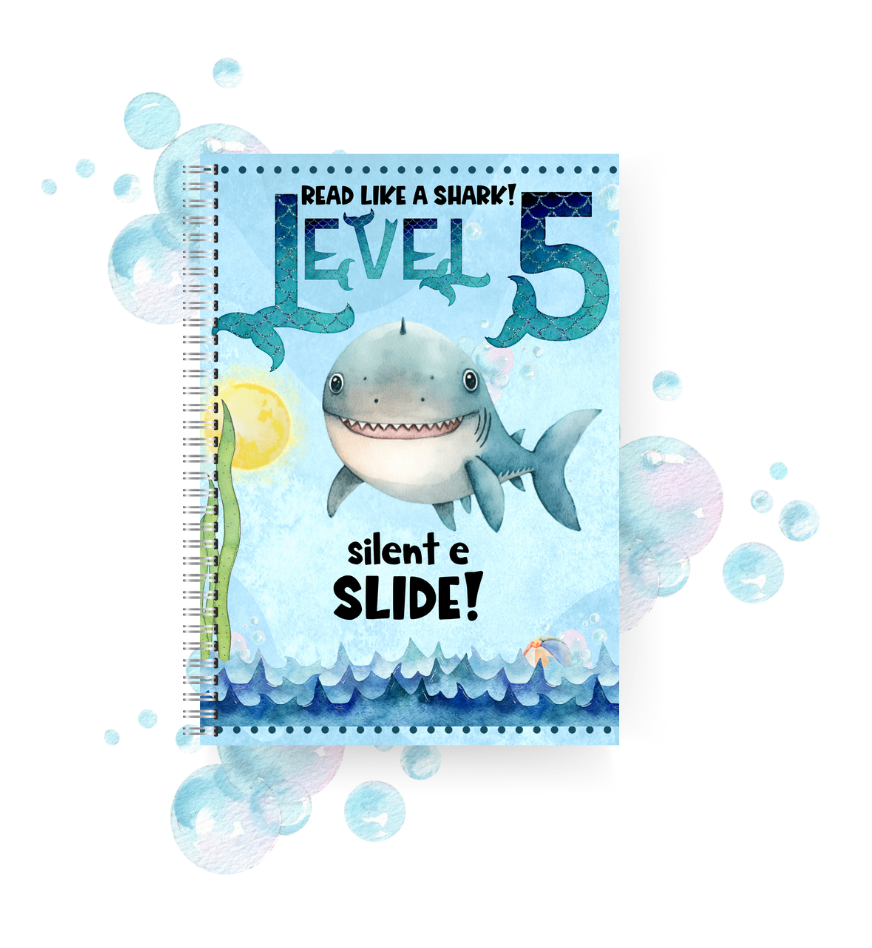
Level 6 of the Bravo! Basic is one of the most important of all. Understanding words with a silent “e” at the end can be really hard for kids with dyslexia. It’s like they can’t see the “e” at the end, and they might think if they ignore it, it’ll just disappear!
There are rules to help figure out these words, but kids with dyslexia find them tough to learn and use.
But with the Silent E Slide and the Silent E Shuffle, your child will be sounding out words with the silent “e” in no time! Using an arrow path and a dot dabber, your child moves along and sounds out those tricky words.
This tricky silent “e” is a super important activity for kids with dyslexia to learn. After practicing the Silent E Slide with both real and made-up words, your child will use the Silent E Shuffle. This is where kids slide a dot dabber along arrow paths with nearly identical words except for the silent “e” at the end.
Examples of words used in the Silent E Shuffle are: “cap” and “cape”. By seeing these words together, it helps kids with dyslexia “see” and learn the silent “e”. Made-up (nonsense) words and real words are used to set in this important skill.
The Silent E Slide Is The Favorite Bravo! Reading Skill!


Level 6 of The Bravo! Basic helps your child learn word endings. These are double letters at the end of words. By now, your child knows that two letters can come together to make a new sound.
But it gets tough when those two letters are at the end of a word. Kids with dyslexia often make mistakes by the time they reach the end of a word. When two letters make one sound, it can really get confusing for them.
Plus, kids with dyslexia usually get tired by the time they reach the end of a word, and this causes the mistakes.
Your child might just guess at the last letter or sound just to finish the word quickly.
But with the Word Ending Smack, your child uses movement to remember those tricky consonant blends at the end of words. Some examples of words your child will learn in the Word Ending Smack are “fill,” “back,” “weld,” “dust,” and “pond.”
By now, your child has a strong decoding foundation!



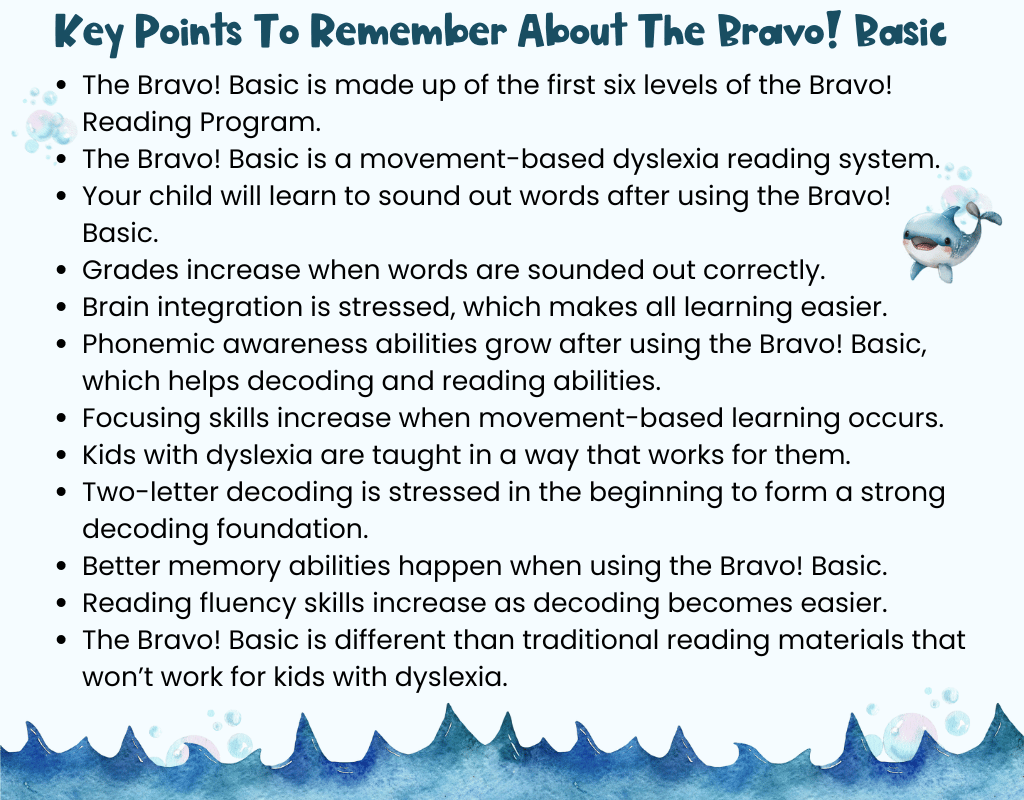
The Bravo! Basic is multisensory, movement-based reading program. Kids with dyslexia not only improve their reading skills but also build confidence and have fun. By combining movement with learning, we make reading more engaging and easier to understand. This approach helps students connect sounds and letters in a way that sticks with them, making reading a more enjoyable and successful experience.
Keep in mind that the Bravo! Basic is part of the larger and more complete Bravo! Reading Program, which has eleven total levels. The Bravo! Reading Program is geared for ages first grade and up. It takes kids with dyslexia from basic decoding of two-letter words to sounding out multi-syllable words!
If your child struggles with letter sounds, the Bravo! Beginner is very helpful. Or, if you’re looking for the best value with all of Bravo! Reading’s dyslexia programs, The Bravo! Bundle is the ultimate!
The Bravo! Basic is designed to meet each student where they are, providing the tools they need to succeed. Through movement, hands-on activities, and practice, students develop strong reading skills that will help them throughout their lives. We are proud to see our students grow as readers, and we know this program is making a difference in their lives!





